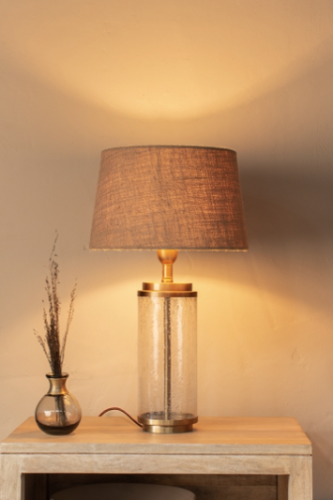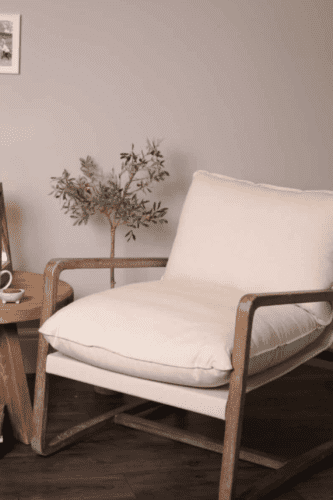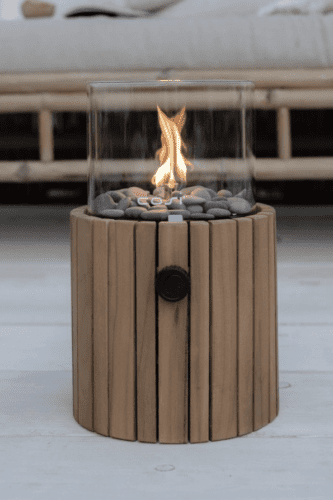Product Care
Robert Welch cutlery is dishwasher safe but it is important that you carefully follow the instructions below. To keep your cutlery in the best condition, we do recommend hand washing.
In the dishwasher
- Ensure your dishwasher settings are as per the manufacturers’ instructions for water hardness in your area.
- Maintain salt and rinse aid levels.
- Rinse cutlery to remove all traces of food as soon as possible after use and before placing in the dishwasher.
- Load cutlery basket loosely for good circulation.
- Do not allow stainless steel to touch other metals especially sterling silver – it will leave marks on the silverware.
- Avoid dishwasher detergent with any citrus additives, these can damage the surface of the stainless steel.
- Avoid using short and low heat cycles when selecting your dishwasher programme.
- Avoid using the rinse and hold cycle when selecting your dishwasher programme.
- For best results remove cutlery as soon as the programme is complete and dry by hand if necessary.
- This is especially important for knives as they are made from a stainless steel more prone to discolouration if regularly left in a moist atmosphere.
By hand
- Rinse cutlery to remove all traces of food as soon as possible after use.
- Wash gently in warm soapy water with a soft cloth.
- Do not soak your cutlery.
- Dry thoroughly, immediately after washing.
Understanding Persistent Marks
Blue or rainbow marks
- There are numerous causes for these temporary surface blemishes.
- For example; detergents that are rinsed off and allowed to dry on the cutlery or contact with very hot fat or foods that are high in acidity.
Pitting
- This can affect knife blades particularly because they are made from specially hardened stainless steel.
- Natural salts and acids present in food can cause pit marks if left on the blade for a long period. Pitting can also be caused by salts used in the dishwashing process.
Rust marks
- Stainless steel DOES NOT rust. But rusty marks can be transferred to stainless steel cutlery from other items in your sink or dishwasher such as cast iron, steel wool or non-stainless steel implements.
Chalking
- Chalky streaks may appear if un-softened water is left to dry on your cutlery.
Removing Unwanted Marks
- After hand-washing, clean with a branded non-abrasive stainless steel cream using a soft cloth.
- Avoid scouring with pads or abrasive cleaners, they will scratch your cutlery.
- After any stain removing process, always hand wash carefully to remove chemical products.



